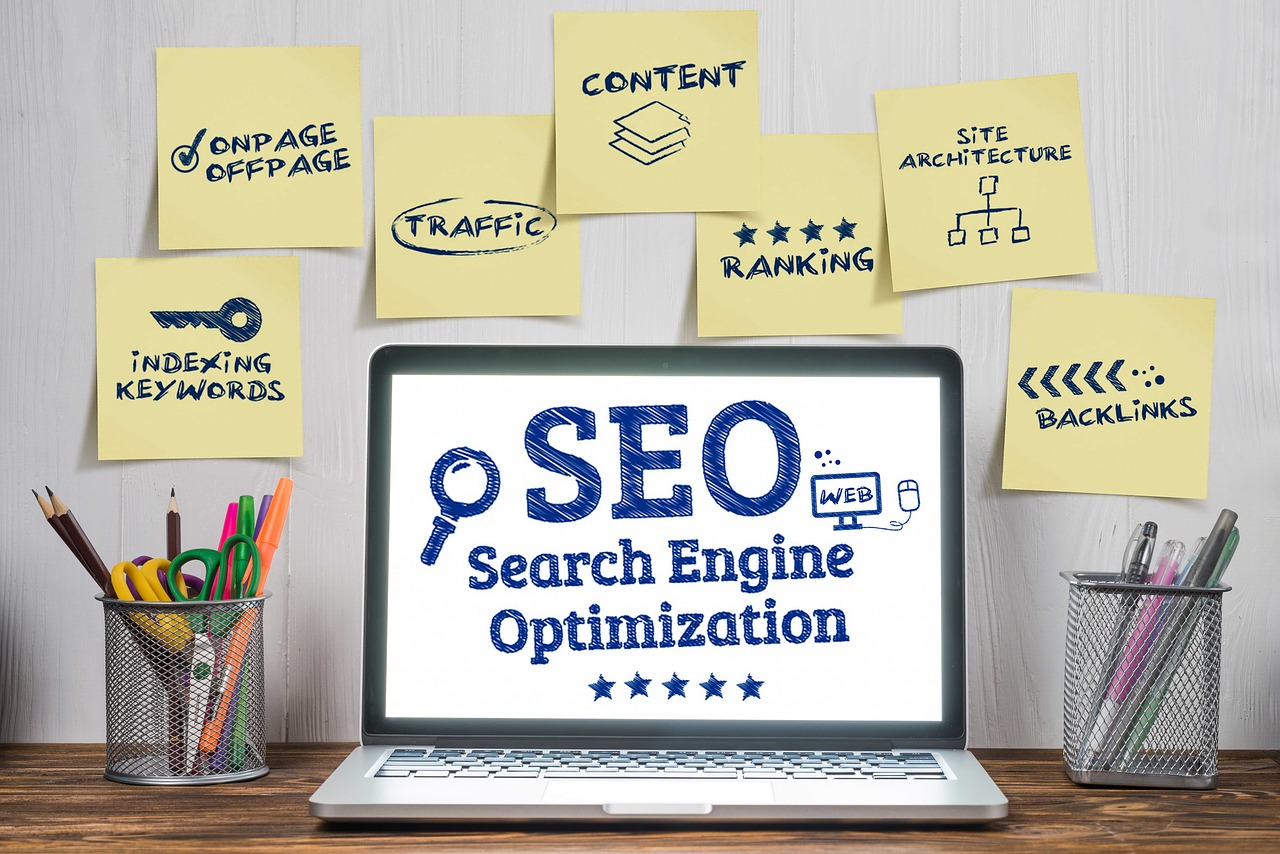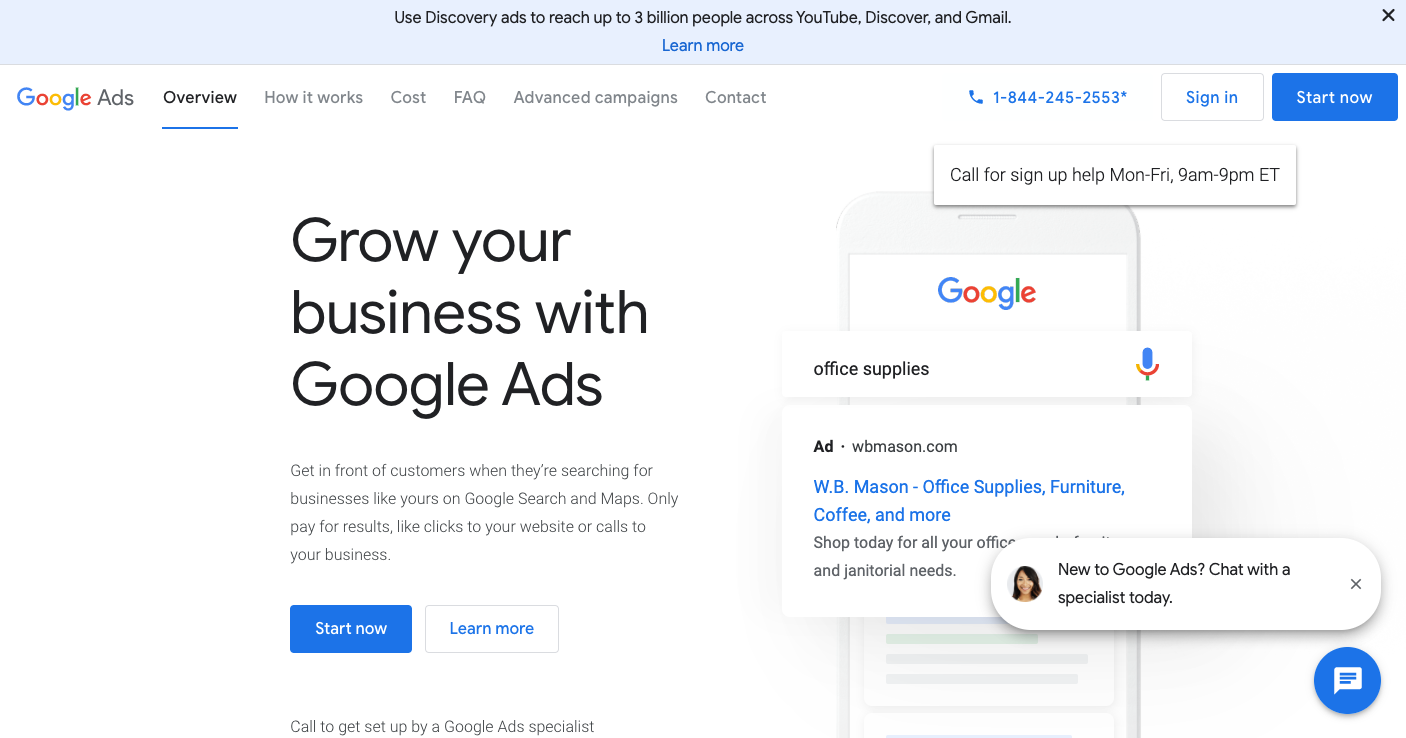Essential Tips To Developing a Client Acquisition Plan for Service Based Companies and Law Firms
Client acquisition has always been a significant part of the marketing budget, but in recent years, the cost increased by 60 percent. As client acquisition costs rise, consumers are also becoming wary of traditional marketing tactics and businesses overall....

Client acquisition has always been a significant part of the marketing budget, but in recent years, the cost increased by 60 percent. As client acquisition costs rise, consumers are also becoming wary of traditional marketing tactics and businesses overall.
Every business, whether retail or service-based, needs to attract and retain clients to scale and survive in increasingly competitive landscapes. Client acquisition is a vital component of driving new business and staying ahead.
Law firms aren’t immune to these shifts in the market – if anything, service-based businesses need to foster trust to draw clients in, and that can be done through a robust client acquisition strategy.
What is the Client Acquisition Funnel?
The client acquisition funnel is similar to the sales funnel, but it’s entirely focused on guiding the client through the onboarding process.
And like the sales funnel, the client acquisition funnel needs to be well designed to ensure prospects are brought through each stage and become paying clients.
Here are the stages of the client acquisition funnel:
Awareness stage: The client realizes they have a need and looks for solutions. Brand awareness strategies can make them aware of the company and draw them in.Interest stage: The client is seeking specific solutions to their pain points. Marketing messaging that’s focused on product or service benefits presents the company and its offerings as a potential solution.Consideration stage: The client is aware of the options and evaluating each one. Content that provides deeper knowledge and real-world context for products or services can help with the decision-making process.Intent stage: The client is looking to make a purchase or sign onto a service and wants to book calls for consultations to understand more about the company and its offer.Evaluation stage: The client is firmly into the decision phase and needs a nudge to make a purchase. During this stage, free trials, discount offers, and other incentives can be used to sway them.Purchase stage: The client has made a decision and is prepared for the next step in completing a purchase or signing up for a service.These distinct stages all have appropriate marketing that can be used to acquire the client while maximizing marketing spend.
Client Acquisition Planning
Here are the aspects of a robust client acquisition plan:
Target Audience
All marketing efforts begin with the target audience. No matter how solid a marketing campaign or strategy may be, it’s virtually useless if it’s not directed at the people likely to give you their business.
Service-based businesses face unique challenges in defining the target audience. These audiences can be segmented, vague, or overly broad, making highly targeted messaging difficult to achieve.
In this situation, it’s beneficial to have multiple segmented audiences that are grouped by their similarities, such as ages or interests. For a law firm, this may mean grouping audiences by practice area.
For example, a firm that handles multiple practice areas may group audiences by criminal law, personal injury law, and family law. Each of these audiences has a different need from a law firm, and it’s important to have them grouped together to ensure the messaging resonates. Once grouped, you may want to segment the audiences even more to provide highly targeted messaging.
Valuable Digital Content
Content marketing is valuable to client acquisition strategy. In addition to raising brand awareness and driving traffic to your website, it positions your brand as an authority in the industry.
Client acquisition content is a little different from overall content in that its goal is to convert a lead into a paying client, not just attract more traffic or leads.
Content can be just as varied as it is for overall content strategy, however. Video marketing, blog posts, infographics, webinars, podcasts, and ebooks all have value to the client acquisition process. Be sure to share your content across many channels, including email, social media, and paid ads.
Goal Setting
Goals are the foundation of any marketing strategy and the only way to determine if your efforts are successful.
Client acquisition strategy has the broad goal of acquiring more clients, but goals need to be more specific for the strategy. Each goal should be specific and measurable to tweak campaigns for better results, which is why you should use SMART goals.
SMART goals are:
Specific: Goals should be more specific than “bring in more clients.” Determine how many clients, for which department or service, and in what time period.Measurable: Goals need to be measurable to determine if you’re on track to meet them. All goals should have data to support it, whether qualitative or quantitative.Achievable: Goals need to be realistic to ensure you’re not setting yourself up to fail. Expecting to bring in a thousand clients after a week isn’t likely to happen, and your efforts will be wasted trying. Likewise, your goals shouldn’t be so easy that they’re likely to happen anyway, since that’s not serving your strategy or business goals, either. For example, if you regularly gain 10 new clients a month, setting a goal to bring in 10 clients a month isn’t testing your strategy.Relevant: Goals should be relevant to overall business goals. Client acquisition has a large goal of bringing in more clients, and though brand awareness and revenue are part of that, they’re not the specific goal of the strategy.Time-Bound: Goals aren’t goals without a timeframe in which they should occur. The timeframe should be realistic and achievable, but not such a long period that you’re not challenging yourself.Marketing Channels
With the prevalence of digital marketing and the often-broad audiences of service-based businesses like law firms that handle child support cases, marketing strategy can be quite varied. Trying to execute marketing strategies on every possible channel not only inhibits your success, but it pulls time and resources away from other business-critical tasks.
Most service-based businesses see good results from a combination of inbound and outbound marketing efforts:
Inbound marketing includes content marketing, digital marketing, and paid advertising with the goal of conversion.Outbound marketing includes networking, cold pitches, and other techniques to find new clients.With so much to choose from, it’s vital to evaluate the possible channels and choose the best options for your business and goals. Consider where the majority of your audience is, the channels your competitors use, and your current client acquisition methods.
Analytics
Goals and continuous testing, monitoring, and evaluation are important to a strategy’s success. It’s important to include milestones to evaluate progress, see if you’re on track to meet or exceed your goals, and find areas for improvement.
You may need to fine-tune your strategy and individual campaigns to find success, but once you develop your strategy, you’ll learn what it takes to get results.
Client Acquisition for Long-Term Success
Client acquisition is vital to service-based businesses, but it’s often neglected due to time and resources. If you want your business to grow, however, you need a robust client acquisition strategy that positions you for success.

 ValVades
ValVades 
































